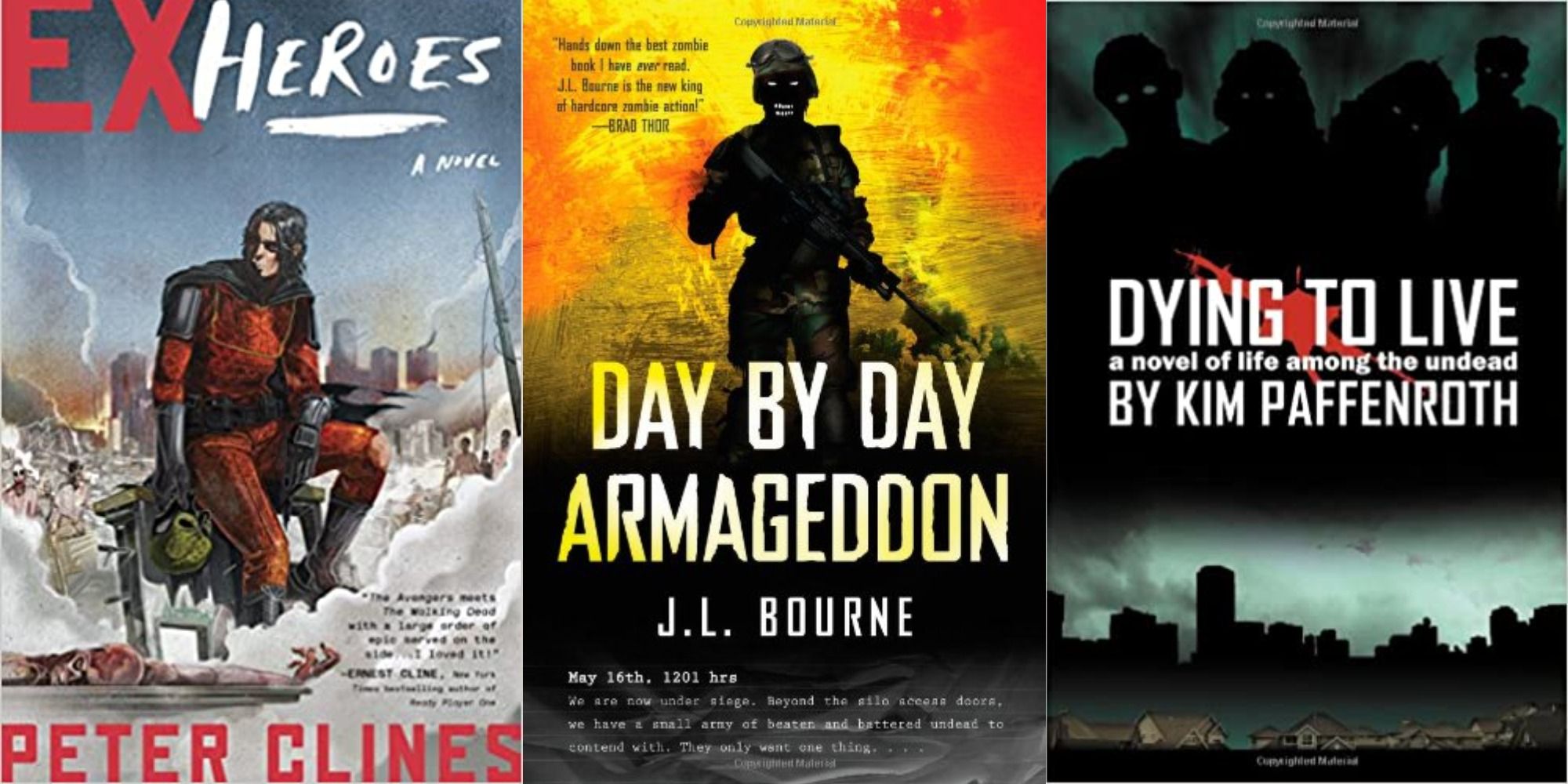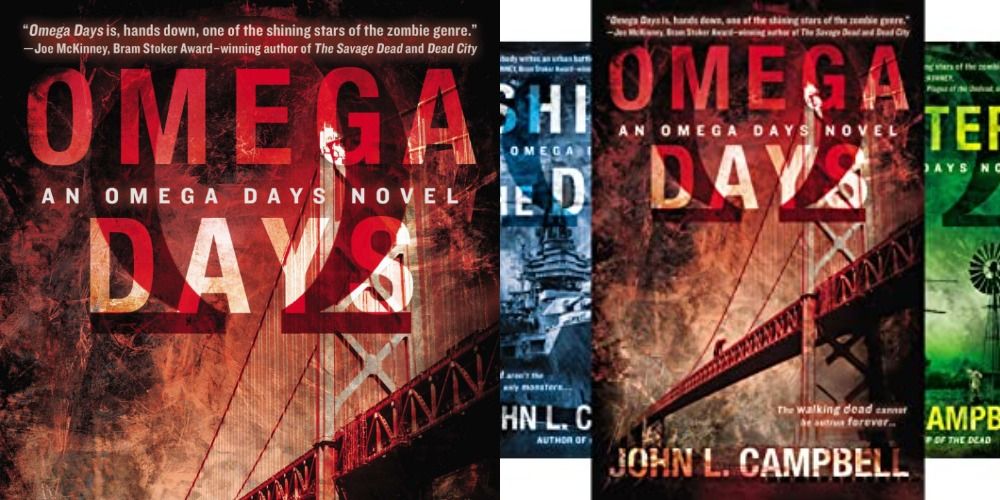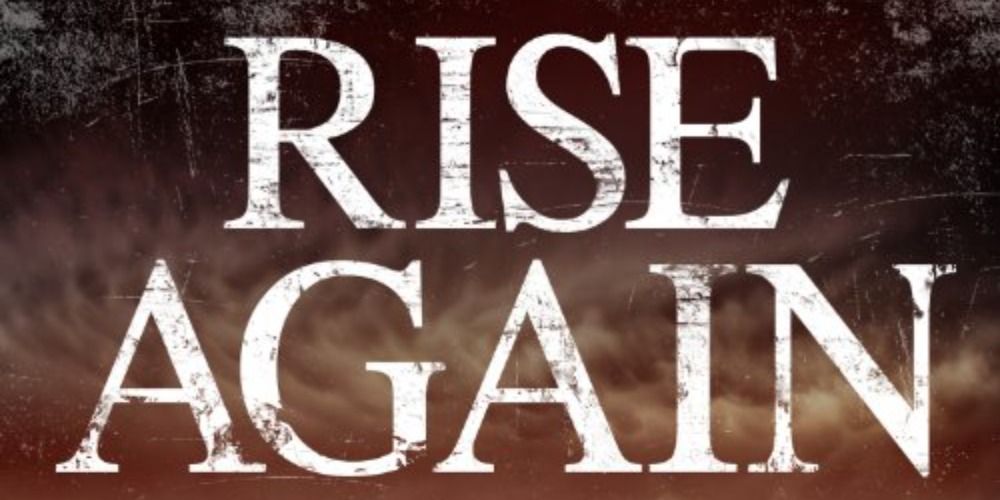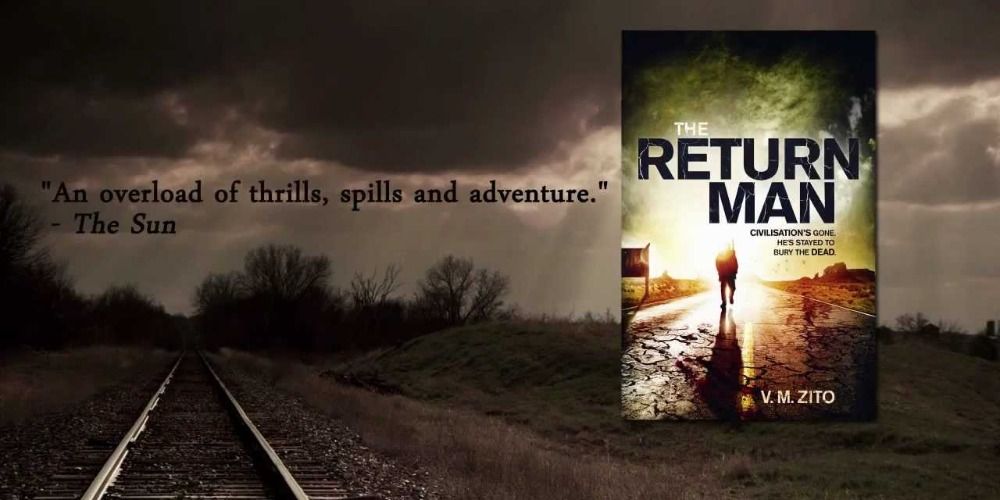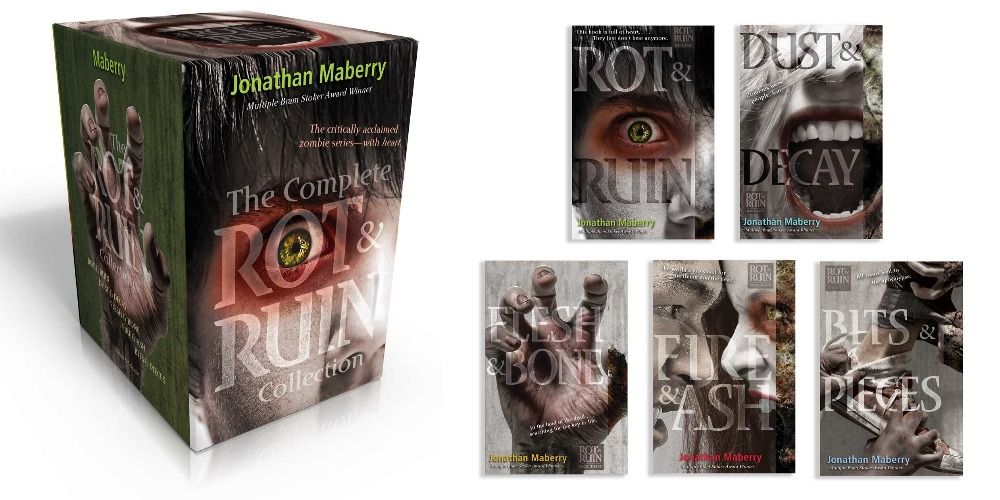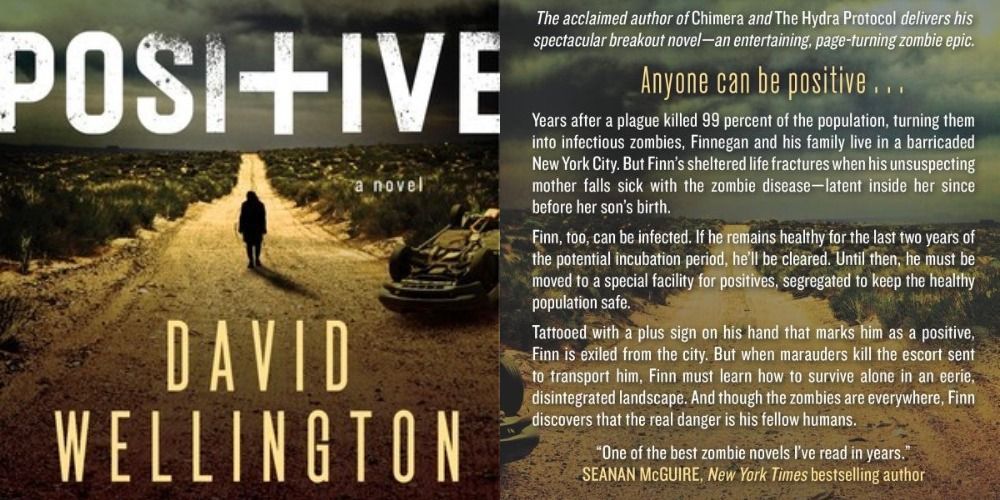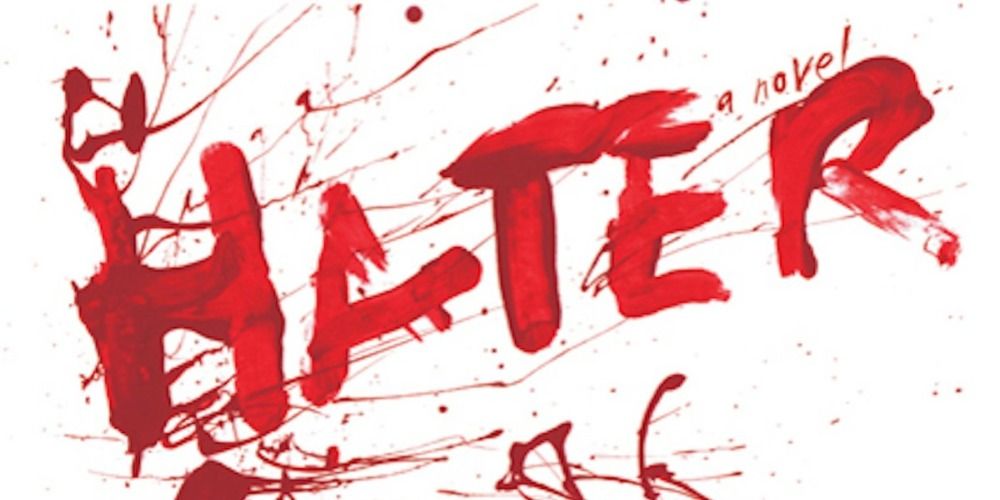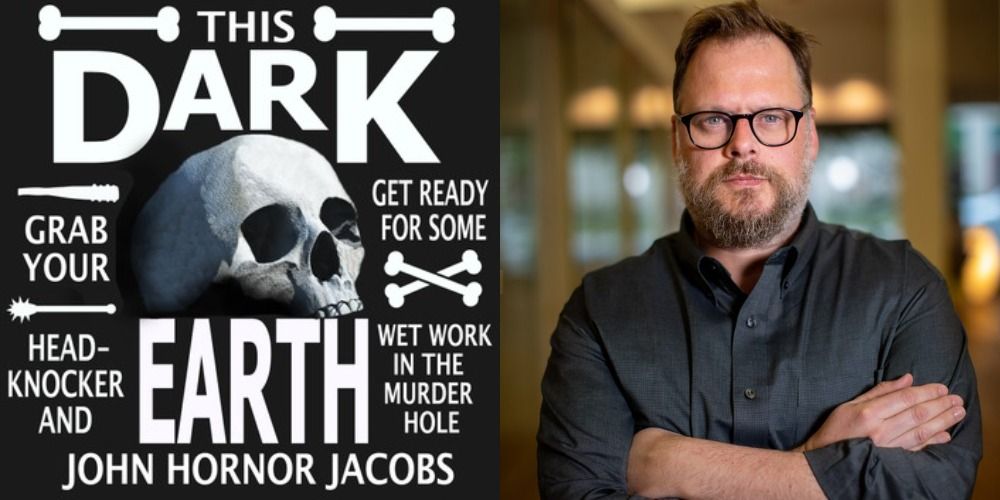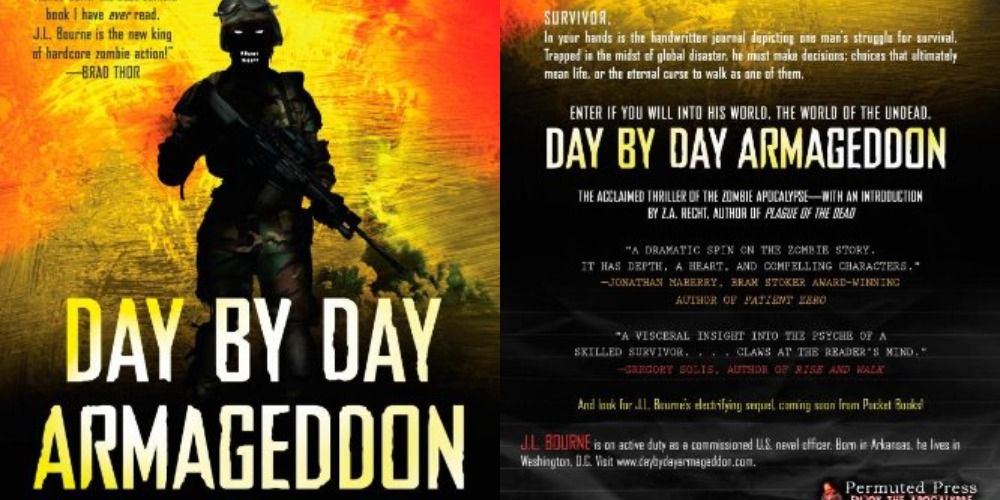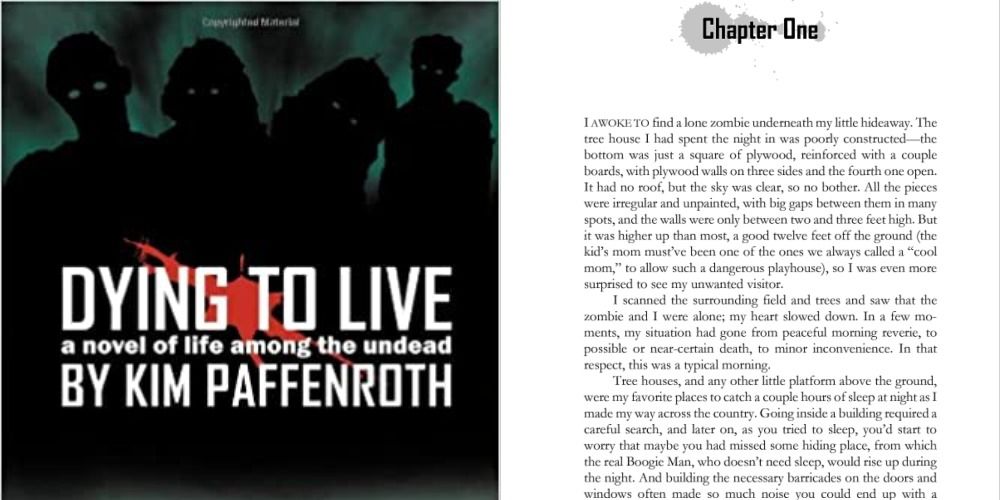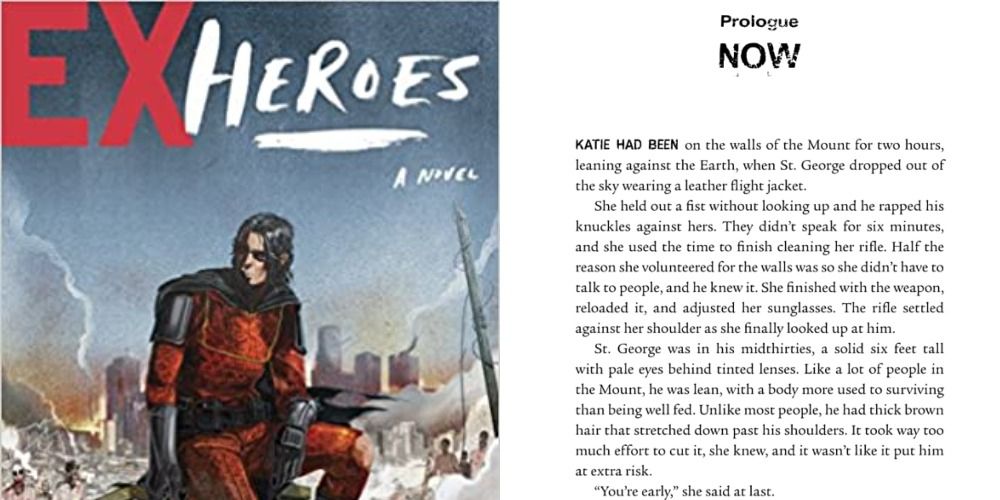Before there was World War Z, there was a novel by the same name. Before there was The Walking Dead, there was a comic book series. Max Brooks and Robert Kirkman — the respective writers of those two source works — didn't invent zombie fiction, but they're two of the most recognizable names in the genre.
Others, however, have written countless tomes that are just as riveting, entertaining, and thought-provoking, making them ideal inspirations for big-screen adaptations. From the superheroes-vs.-zombies series of books by Peter Clines to the rise of new creatures in an unfolding zombie evolution as imagined by John L. Campbell, there are numerous books out there that would make fantastic films about the undead apocalypse.
Omega Days By John L. Campbell
In any work of zombie fiction, character development is critical, and that's one of Campbell's biggest strengths. From the outset, the reader meets unique individuals navigating societal collapse because of the undead in their own ways: from Father Xavier, whose faith is shaken, to Skye, a college student who has to mature quickly, to Angie, a celebrity survivalist who finds that no amount of training can prepare her for the real thing.
As the first book in the series, Omega Days is the sort of book readers can picture as they turn the pages. Campbell likely didn't write it with a movie in mind, but his literary tone is certainly a cinematic one, and with six books so far in the series of the same name, it would be worth a few bucks at the theater.
Rise Again By Ben Tripp
In the small town of Forest Peak, California, Sheriff Danielle Adelman's biggest headache — aside from her own combat-related PTSD — is the community's preparation for the Fourth of July. But when refugees from Los Angeles begin to overwhelm the town, drop dead, and reanimate into flesh-eating monsters, that headache turns into a roaring migraine.
Tripp's zombie novel (and its sequel, Rise Again: Below Zero) is a slow burn of simmering tension, ideal for an independent or low-budget film in the hands of a deft filmmaker. There are plenty of opportunities for special effects, but the unraveling of social and personal sanity is what draws the reader in more than anything else — and would serve as a superbly crafted film, given the right approach.
The Return Man By V.M. Zito
Set in a not-too-distant future, The Return Man is about a tracker and zombie killer who's hired by grieving relatives to travel West into the Evacuated States and "return" their undead loved ones to them. It takes a labyrinthine turn when the government hires him to travel to California, but the concept itself is one that could play out in cinematic grandeur on the big screen.
There's a beauty in the open wild areas of the American West, but to see it on celluloid as a truly depopulated place, devoid of all life save for the shambling remains of the grief-stricken back East, would be both gorgeous and horrifying under the guidance of the right filmmaking team. And with the right lead as the title character, a studio with the savviness to bankroll such a project might have a blockbuster on its hands.
Rot & Ruin By Jonathan Mayberry
As the first novel in a series of YA books, Mayberry's work may be off-putting to readers who prefer "adult" fare, but his writing, as always, is both clever and enthralling, and the story is a different sort of take on a post-apocalyptic world left to zombies and small pockets of survivors. Benny Imura has turned 15, which means he has to find work in the colony in which he lives, or his rations will be cut.
There's a mystery to solve and danger to avoid, of course, but given the success of such YA movie and TV series adaptations — The Hunger Games and Divergent, for example — Rot & Ruin, as well as its successors, could find a niche audience among those who appreciate both a well-told undead tale and a family-friendly action-adventure with attractive young stars.
Positive By David Wellington
In Wellington's nightmarish future, anyone can be positive for the virus that turns them into flesh-hungry monsters and such a turning isn't always a certainty. It's a fascinating concept that sees the book's protagonist, Finnegan, marked with a tattoo because of his status and cast out from his city to survive on his own.
If he makes it to 21 without turning, he'll be cleared, making the book as much about societal caste systems as it is about the undead. On the big screen, such a film could be a visually stunning post-apocalyptic masterpiece in the vein of Mad Max: Fury Road, as well as a subliminal commentary on the gatekeepers deciding who in society belongs, and who does not.
Hater By David Moody
In Moody's world, those dubbed "Haters" by the media aren't ravenous flesh-eaters: they're everyday citizens who suddenly, inexplicably become consumed by an irrational rage that sends them into a murderous frenzy. Co-workers, family, strangers ... no one is safe, and the paranoia of one man's deteriorating mind is at the heart of the novel.
It would, of course, take the right filmmaker, but a visionary like Ari Aster or Darren Aronofsky, two directors who have a flair for combining terror with psychological despair, could make Hater a horror classic. It was popular enough on paper to generate three sequels, which means there's a built-in fanbase that would help out ticket sales.
This Dark Earth By John Hornor Jacobs
Jacobs borrows heavily from the brutal ways of life that were staples of the Mad Max franchise for a story set in Bridge City, a combination fortress and outpost somewhere in what was once the state of Arkansas. There, a young man named Gus is charged with keeping his people safe from the hordes of undead who crowd the city's gate, as well as from slavers who would destroy everything they've built.
The book is a white-knuckle page-turner that's difficult to put down, and as a Hollywood movie, it would certainly qualify as a big-budget blockbuster, given the right treatment. Whether executives are willing to take a chance on a novelist who doesn't have the pedigree of Stephen King remains to be seen, but if any bet seems like a safe one, it's This Dark Earth.
Day By Day Armageddon By J.L. Bourne
Take the Matt Damon vehicle The Martian, subtract the hostile atmosphere but add a landscape populated by the undead, and readers — as well as potential viewers — have an idea of the sort of page-turner that Bourne has created. Like the book version of World War Z, it's a novel constructed out of journal entries, but an enterprising filmmaker should have no problem cobbling them together into a tense and troubling narrative.
As Bourne's debut novel, it's occasionally rough around the edges, and while the main character has a military background, there are a few too many neatly delivered plot devices. Still, it's an entertaining read, and with the right scriptwriter, it would be an entertaining watch, as well.
Dying To Live By Kim Paffenroth
As a writer who captures the inner psychological turmoil of his lone survivor, Jonah, Paffenroth excels at using the undead apocalypse to ask existential questions — mainly, why? As Jonah struggles to make sense of what's happened and why he was spared, the world around him unfolds in images of terrible beauty.
Paffenroth's background in horror, and specifically as a writer of undead fiction, serve him well, and as the basis for a big-screen adventure, it would serve a studio well also. Dying to Live spawned two sequels, more than enough material for a movie or two, and Paffenroth's world is so well-written on paper that it practically begs to be brought to life on the big screen.
Ex-Heroes By Peter Clines
Ex-Heroes is, simply put, a geek's dream: a zombie apocalypse has destroyed the world, and not even its superheroes could save it. In fact, some of them have been turned, leaving those who survived the job of protecting the civilians who distrust or even blame them for what happened, as well as going up against their former friends and allies who have lost the use of their minds but not their powers.
Clines, an accomplished sci-fi writer, has a number of works to his credit, but the Ex-Heroes saga (it spawned several sequels) reads like a summer blockbuster feels: big, bold, adventurous, and nail-biting. A major studio would be required to do this novel on-screen justice, but to see book favorite The Mighty Dragon battle a horde of the undead would be pay-off to the fans of this series who were sad to see it end.

